Recreation
What types of recreational opportunities does wilderness offer?
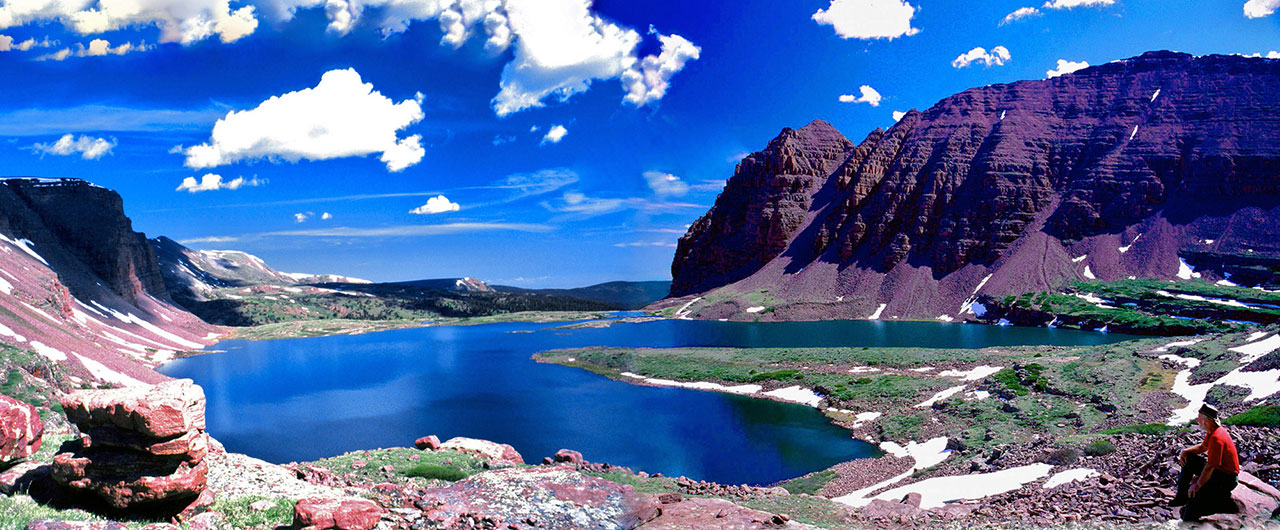
The Wilderness Act calls for "outstanding opportunities for solitude or a primitive and unconfined type of recreation" in wilderness. The challenge is to provide recreational opportunities while keeping wilderness an area where the footprint of man is temporary and minimal. Visitors must accept wilderness largely on its own terms, without modern facilities, such as hotels, provided for comfort or convenience.
Wilderness visitors enjoy camping, hiking, backpacking, hunting, horse packing, fishing, climbing, canoeing, rafting, kayaking, photography, wildlife viewing and many other wilderness-dependent activities. Visitors must also accept certain risks that are inherent in a wilderness experience via human- or animal-powered methods of travel. These risks can include dangers arising from storms and other natural phenomena; steep, slippery, un-navigable or treacherous terrain; unforeseen illness or injury; and wild animals. Planning ahead, having appropriate gear and backcountry skills, and making conservative decisions while in wilderness can minimize these risks.
What are “motorized equipment” and “mechanical transport” and why are they prohibited in wilderness?
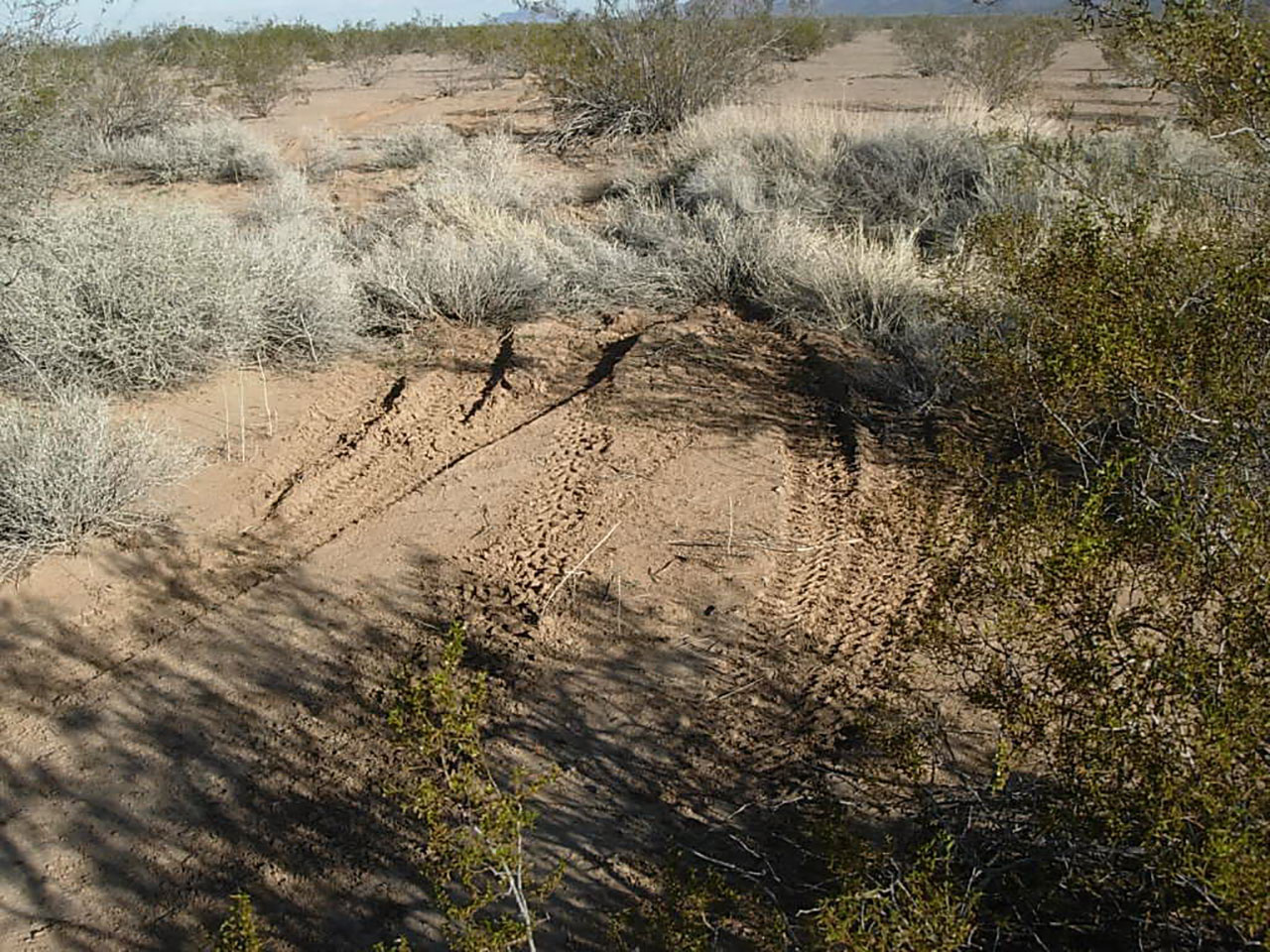
Above: Damage done by vehicle tracks in the Cabeza Prieta Wilderness.
These are terms articulated in the Wilderness Act and together include devices with motors and mechanical parts, like gears, that do things like propel, move, transport, haul, cut, lift etc. Some common devices that are prohibited in wilderness are motor vehicles, snow machines, chainsaws, mountain bikes, pedal kayaks, gliders etc. There are some exceptions, however. Where motorboats and aircraft were used before a wilderness was designated, those uses are allowed to continue. In Alaska, motorized access (ex. vehicle, snow machine, bush plane etc.) is allowed for traditional uses and subsistence activities. Mobility-impaired persons, or persons with disabilities, may use wheelchairs in wilderness. Motorized wheelchairs, which are suitable for indoor use (i.e. battery and electric motor driven), are also allowed by the Americans with Disabilities Act.
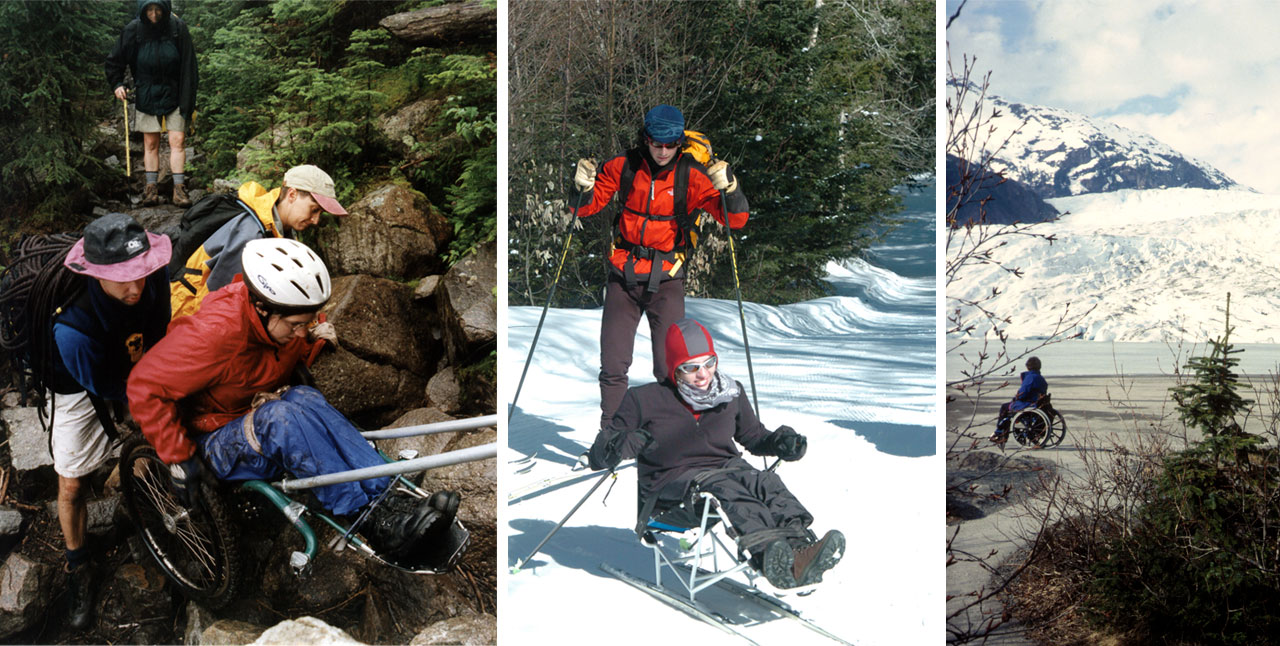
The Wilderness Act makes exceptions for wilderness managers to use motorized equipment and methods of mechanical transport, but only if this meets the minimum necessary philosophy. Where possible, managers try to use traditional tools, skills, and methods of travel. Exceptions where managers may use motorized equipment or methods of mechanical transport might include search and rescue, fire fighting, or fish stocking if it occurred before an area was designated.
Why are some non-motorized devices such as hang gliders, parasails and bicycles prohibited in wilderness?
Hang gliders and bicycles are considered mechanical transport, methods of transportation prohibited by the Wilderness Act. Both hang gliders and parasails are forms of aircraft, which are prohibited from landing in wilderness. All tend to intrude on the wilderness experience of other visitors. The Wilderness Act recognizes wilderness as a place that "...has outstanding opportunities for solitude..." In most cases there are opportunities for these activities to take place outside of wilderness.
Why are drones prohibited in wilderness?
According to the Wilderness Act, drones (or Umanned Aircraft Systems) are considered to be both motorized equipment and mechanical transport and are prohibited from being launched, landed, or operated within designated wilderness. Similar to hang gliders, drones are also a form of aircraft, which are prohibited from landing in wilderness. Prohibiting drones within wilderness areas protects opportunities for solitude for visitors and prevents wildlife disturbance.
What is "Leave No Trace" camping?
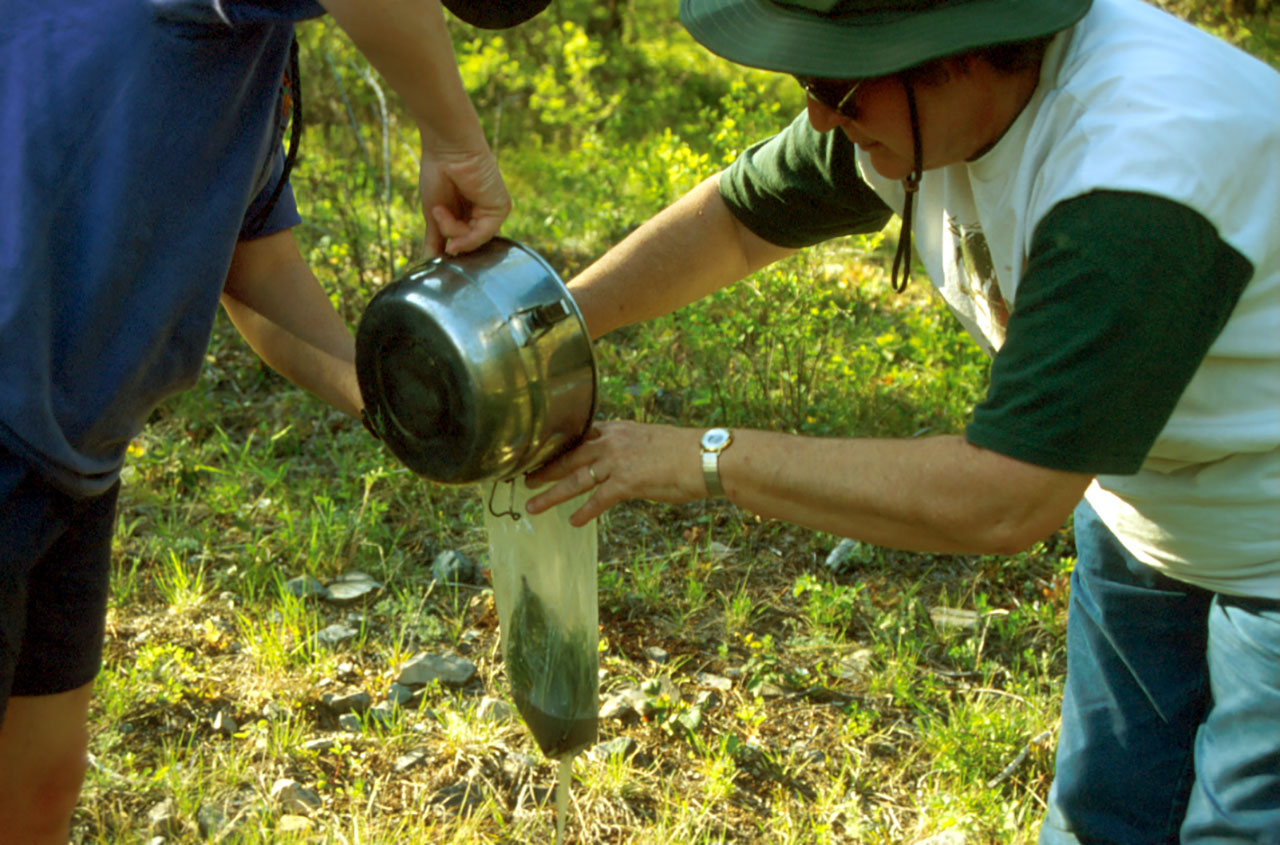
Above: Draining graywater used for cooking or cleaning keeps food and soap out of natural water sources and is part of Leave No Trace camping.
In wilderness, man is a visitor, not a permanent resident. But when someone leaves evidence of their journey, the next person loses a sense of solitude and discovery. You can take responsibility for being unnoticed by leaving no trace. Follow the 7 Principles of Leave No Trace that include things like:
- Packing out all trash
- Using a lightweight stove instead of a fire
- Staying on designated trails and camping in existing sites
- Keeping groups small
- Camping away from trails, lakes and rivers
- Avoiding contaminating water sources with food, soap, garbage, human waste etc.
- Making sure horses and stock do not damage campsites or overgraze meadows
- Taking only pictures, but post responsibly on social media
What are managing agencies doing about wilderness education?
Wilderness education has become an important tool for increasing public awareness about wilderness management, affecting attitude and behavior changes, and developing an outdoor ethic. If people are aware of what wilderness is and how to visit and enjoy it without leaving impacts, they are more likely to behave appropriately.
The hope is that people, by their own actions and choices, will preserve the aesthetic landscape, eliminate unnecessary damage to the environment, and gain a better understanding of the purpose of wilderness management. Then, land management agencies need not rely completely on closures, regulations (like fire bans and required campsites), and law enforcement. Management can be anticipatory rather than reactive, and a traditional freedom of choice can be maintained in wildlands recreation.
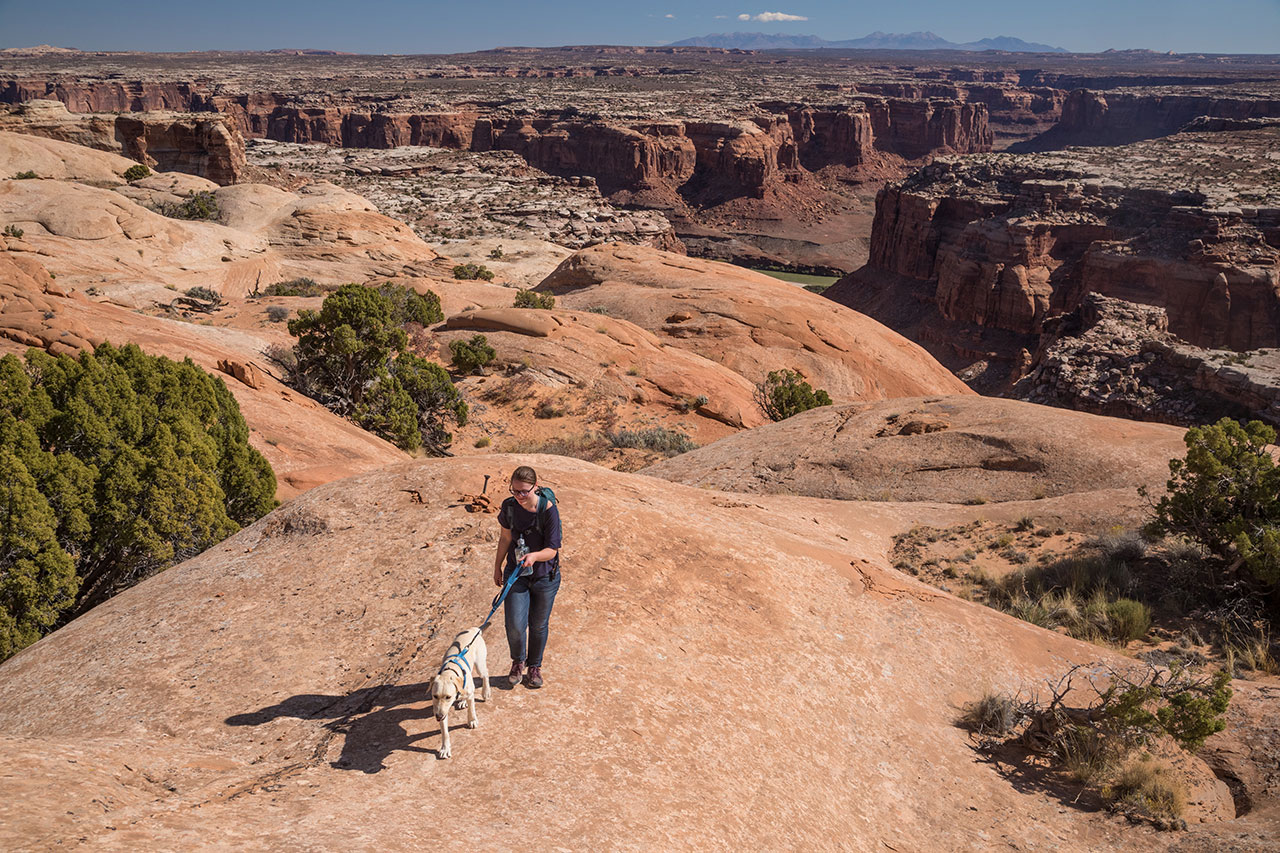
In general, all wilderness areas prohibit visitation by motor vehicle (ex. cars, trucks, ATVs, snowmobiles etc.) and using mechanical transport. Mechanical transport is an umbrella term for any form of transportation—a way to get from one point to another—that uses mechanical components such as gears, chains etc. This includes things like mountain bikes, pedal kayaks, drones, and paragliders. Paragliders are also prohibited because they are a form of aircraft. Landing any kind of aircraft is not allowed within wilderness, unless at a designated airstrip. In some wilderness areas, like the Frank Church-River of No Return Wilderness in Idaho, there are primitive backcountry airstrips where aircraft are allowed.
To protect the wilderness from the impacts of too many people, restrictions may be placed on group size, campsite location, or how long you can stay in an individual wilderness. Managers generally try to educate visitors, design durable trails, and use other non-regulatory measures imposing restrictions. Permits are required in some of the most popular and heavily-used wildernesses. They are necessary to preserve the area and to ensure that visitors can enjoy solitude. Some permits are either free, while others require a fee and a reservation online. Saddle and pack stock are permitted in many wildernesses, as are non-motorized canoes, rafts, and kayaks.
In some wildernesses there may be local restrictions, such as those prohibiting dogs or requiring that pets be leashed in certain areas. Certain areas within a wilderness may be closed to visitors temporarily, seasonally, or long-term, depending on the reason. Only a few wilderness areas are completely closed to human visitation. These areas are all island wildernesses managed by the Fish and Wildlife Service and are closed to visitation because they protect sensitive wildlife habitats, such as migratory bird nesting grounds. Most closures, however, are temporary, such as: short-term trail closures to prevent encounters with wildlife or protect visitor safety (ex. a bear feeding on a moose carcass near the trail; chemical treatment of weeds along a trail); seasonal closures during wildlife breeding times; or more long-term closures affecting areas severely damaged by disturbance (ex. areas damaged by catastrophic wildfire or areas that have sustained heavy damage due to recreational use).
Are cabins and lookouts allowed in wilderness?
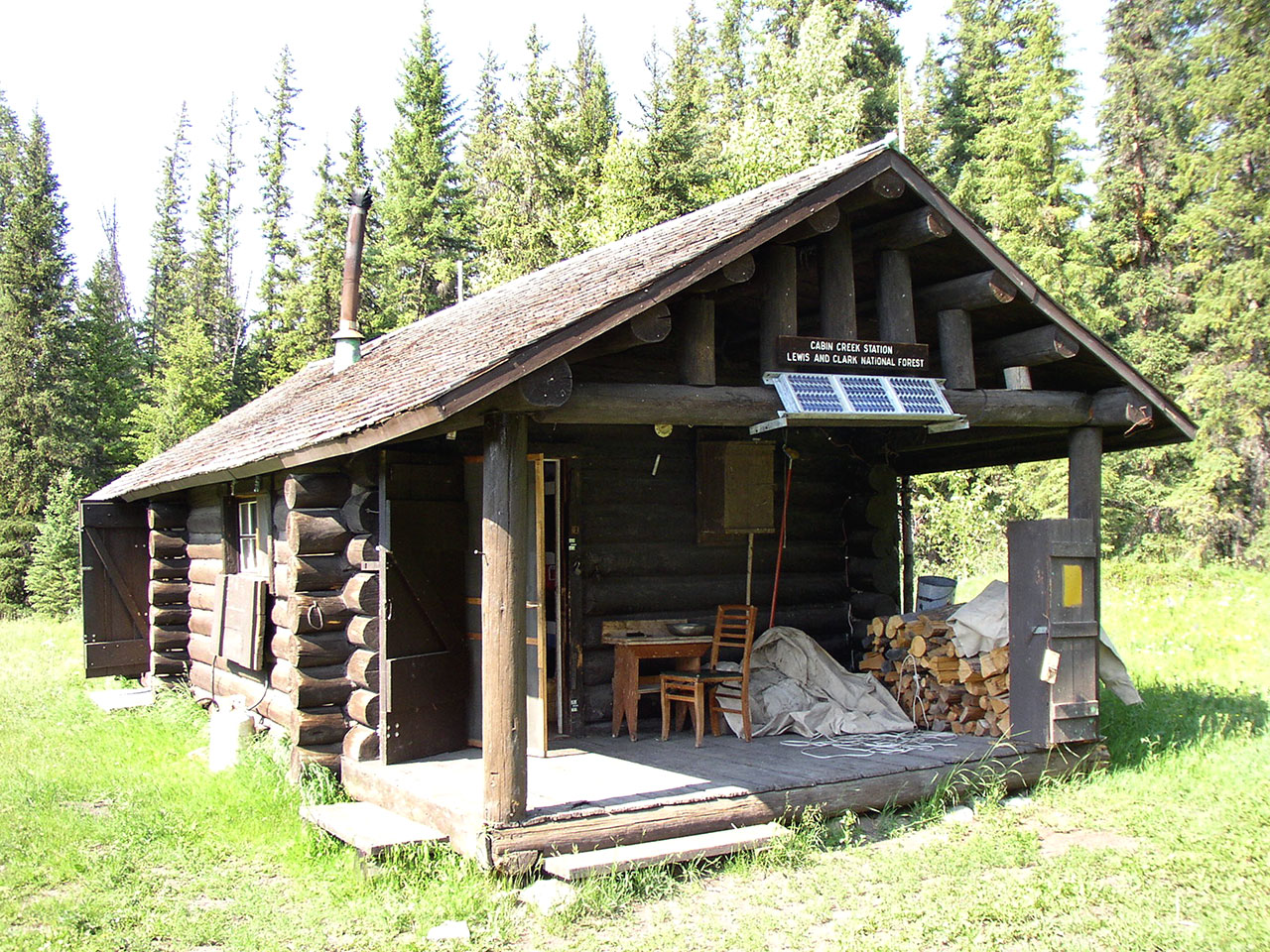
The Wilderness Act provides for administrative cabins and other human-use facilities. The need for all existing structures and facilities, including cabins, fire lookouts, buildings, fences, trails etc. is evaluated in each wilderness management plan.
A decision to construct, maintain or remove an administrative facility is based primarily on whether it is required to preserve wilderness character or is essential to ensure public safety. Such decisions are not based on administrative convenience, economy of effort, or convenience to the public. Maintenance or removal of historic structures must also comply with cultural resource protection policies. Special rules apply that allow the construction, use, and occupancy of cabins and other structures in Alaska.
Are trails, bridges, and signs used in wilderness?
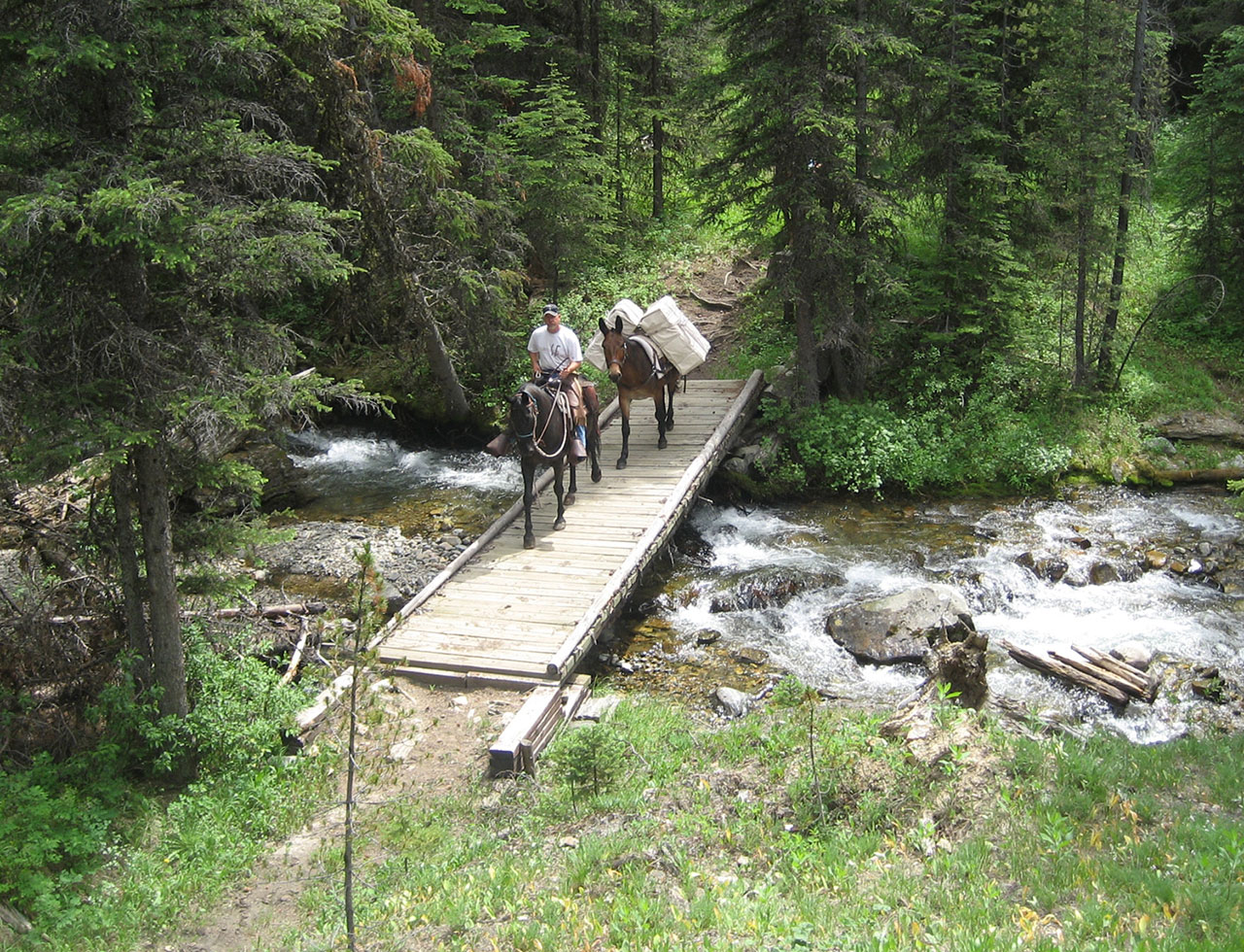
Trail systems are managed for the purposes of recreation. Existing trails may be expanded, relocated, restored, or closed, and new trails may be built, if necessary. Bridges are built only when a river crossing is unsafe, where other structures are frequently destroyed or damaged by floodwater, or where unacceptable bank damage or loss of aquatic habitat will occur from visitors trying to cross.
Signs detract from the natural visual qualities of an area and make the imprint of man and management more noticeable. Only those signs necessary to protect wilderness resources (ex. area closure signs) and for public safety are permitted. Signs must be compatible with their surroundings and be as small as possible. However, accurate maps, route descriptions, and brochures are usually made available for visitors at visitor centers and agency offices, as well as online. Having good navigation skills when in wilderness, and not relying on signs to provide directions, is key to a successful wilderness trip.
Are outfitters and guides allowed in wilderness?
Wilderness-oriented commercial services—often know as outfitters and guides—enable some sectors of the public to enjoy wilderness recreational experiences by offering activities such as horseback riding, hiking, mountain climbing, fishing, hunting and river trips. Outfitters and guides are issued special-use or commercial permits and are generally allowed to use temporary structures such as outfitter camps, tents, hitch racks, and corrals. All structures must be removed after the season of use.
Is recreation livestock grazing allowed in wilderness?
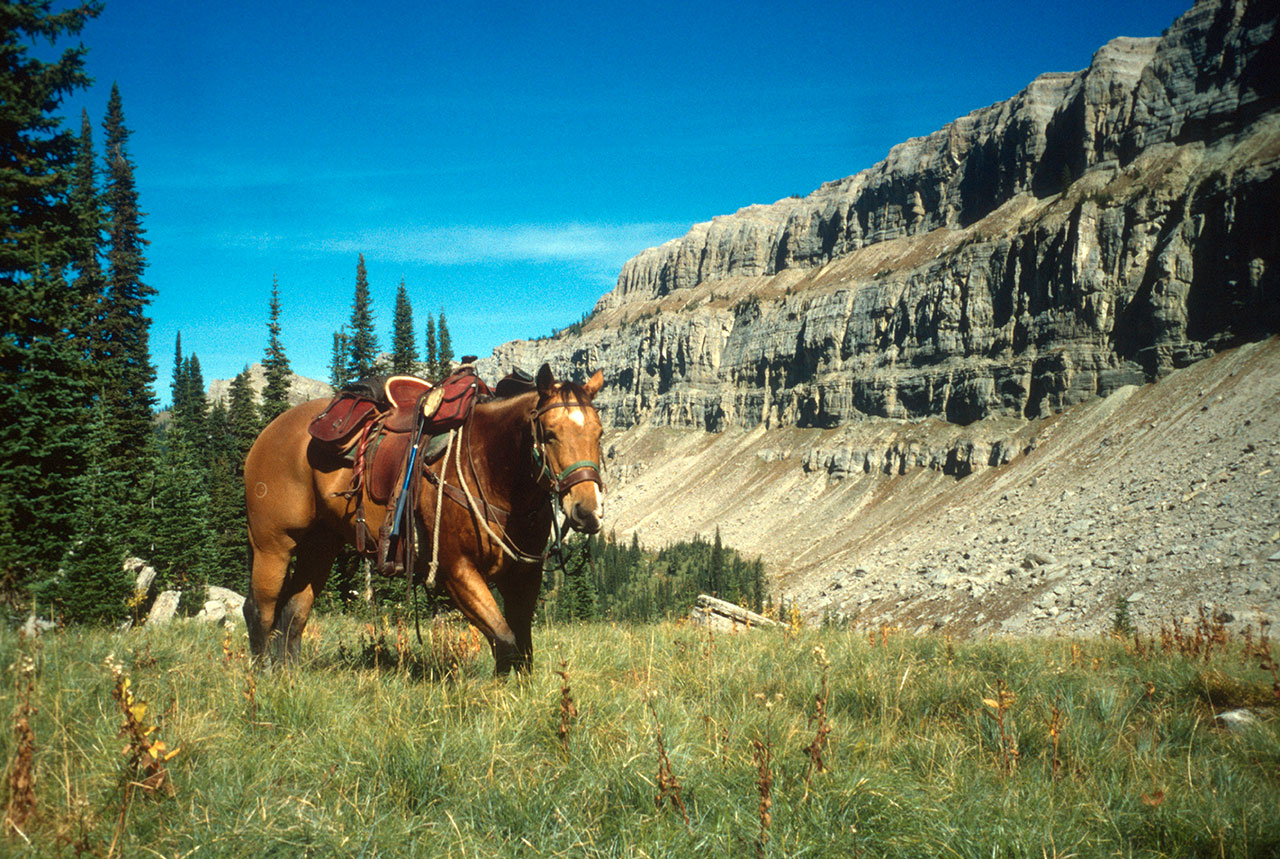
Horses, mules, llamas, pack goats, and other saddle and pack stock used by wilderness visitors can graze in wilderness. When forage is inadequate, wilderness managers may require that stock users pack in weed-free feed—feed that has been certified as free of noxious weeds and their seeds. Additionally, each wilderness may set restrictions on what trails visitors with stock can use, what types of stock can enter the wilderness (ex. restrictions on pack goats to protect native goat populations), where visitors with stock can camp, where and how to tether pack stock, how many stock can accompany a group of visitors etc. Wild horses and burros are not considered to be recreational livestock. Instead, they are viewed as part of the natural environment, if populations were established at the time of wilderness designation. Recreation livestock used by commercial outfitters and guides and their customers may be grazed under permit.
What about geocaching?
Wilderness managers have seen an increase in geocaching in many areas, despite its prohibition in designated wilderness. Physical geocaches are considered to be litter or abandoned property. Virtual geocaches can lead to social trail development and vegetation trampling that would not otherwise not occur. Oftentimes, acceptable non-wilderness locations can be found for geocaches—at visitor centers or in areas where resource damage is minimal or can be mitigated.
What are the most common violations of the law in wilderness?
This varies by area, but off-road vehicles, such as snowmobiles, and wheeled vehicles, such as bicycles, are illegal in wilderness and are often cited. Where the wilderness borders a road or off-road vehicle trail or where vehicles had historically been used in that wilderness, vehicle trespass can be a serious problem causing significant environmental damage. Many wildernesses require dogs to be kept on a leash, and these regulations are often violated. Leash restrictions exist to prevent conflict between dogs and other visitors and dogs and wildlife. Littering, shortcutting switchbacks, and camping and confining pack and saddle stock in areas that are being rehabilitated, or are too close to lakes and streams are other common violations.
What is the policy on aircraft flights over wilderness?
There are restrictions for aircraft flights only over the Boundary Waters Canoe Area Wilderness. Pilots can generally fly over other wilderness areas, because airspace is overseen by the Federal Aviation Administration (FAA), not the wilderness management agencies. The FAA has requested that pilots fly no lower than 2,000 feet above the terrain (or above the uppermost rim of a canyon or valley) over wilderness, but this request is voluntary.
Boundaries of many wildernesses are marked on aeronautical maps produced by the National Aeronautics and Space Administration. In some wildernesses, military over flights and other airplanes can be heard by visitors. The Forest Service and National Park Service are cooperatively studying the effects of aircraft noise on visitors in selected wildernesses and parks.
What is the policy on staging competitive events in wilderness?
Races, endurance runs, special events, and large organized hikes are prohibited in wilderness. Competitive events in wilderness tend to lessen the wilderness experience for others, and can impact wildlife and damage the environment due to excessive group sizes. There are many opportunities for such events outside of wilderness, so wilderness managers work with event organizers to find appropriate non-wilderness locations.